Hot days and long Vision Pro sessions don’t have to end in sticky discomfort. FlitLift is designed to reduce facial pressure, redirect heat, and improve airflow so you can wear your Vision Pro longer and with less sweat. This guide walks through why FlitLift helps in warm conditions, how to fit it for sustained comfort, and practical tactics—venting, lens care, posture, and accessories—that make hot-weather use manageable and even pleasant. ⏱️ 9-min read
Whether you’re a creator in a warm studio, a student in a stuffy dorm, or an engineer testing outdoors during a heatwave, these hands‑on tips will help you optimize fit, control moisture, and protect your headset and battery from heat-related wear. Read on for easy routines, specific settings, and real-world examples you can apply the next time the temperature climbs.
What FlitLift does for Vision Pro in hot weather
FlitLift approaches hot-weather comfort by changing two things that matter most: how the headset contacts your face and how air moves around it. By lifting and redistributing weight, FlitLift reduces the direct pressure on cheekbones and the bridge of the nose—those are the areas that trap heat and stick to hardware first. When the headset rides a little higher and the load shifts toward the crown and back of head, your skin has less continuous contact with warm surfaces, so sweat is less likely to pool and cling.
Beyond weight distribution, FlitLift integrates ventilation alignment and a heat-dissipation frame. Vents are shaped to match Vision Pro’s intake and exhaust paths, creating a clearer corridor for air to flow across the brow and temples. This targeted flow cools the forehead and encourages evaporation before sweat migrates toward lenses. The frame itself channels heat outward along its edges instead of letting warmth concentrate on the pad contact points, and moisture-wicking pads draw sweat away from skin while remaining compatible with anti-fog lens treatments. Together these elements reduce hotspots, limit condensation, and make longer sessions in warm environments far more tolerable.
Step-by-step fit for all-day cooling with FlitLift
Good cooling starts with a repeatable fit routine: attach, balance, adjust, set the nose gap, and verify alignment. Use this concise sequence before long sessions and whenever the environment or activity changes.
- Measure and set the top strap: Wrap a soft tape just above the eyebrows and around the back of the head to note circumference. Set the top strap so it sits level with the crown; this spreads the load between the forehead and rear head rather than concentrating it on the face.
- Attach FlitLift and center: Mount the FlitLift unit and center its frame symmetrically over your face. Lightly press the pads to confirm even contact—no heavy impressions on the cheeks or bridge.
- Temple arms and side straps: Begin with temple arms snug but not tight. Tighten side straps behind the ears only until rear slack is removed. You want secure hold without pinching; a quick tug test should keep the headset steady while allowing comfortable circulation.
- Set nose gap: Aim for roughly a finger-width clearance (about 1.5–2 cm) between your glasses or nose and the headset lens area. That gap reduces rubbing, promotes airflow, and lowers fog risk.
- Test with movement: Walk, turn, and nod to confirm stability. If one side shifts or creates pressure, rebalance the top strap or adjust temple tension until the unit moves with you, not against you.
As a rule of thumb: start with lighter tension and tighten incrementally. In hot weather, looser fits that remain stable are better than overly rigid ones that trap heat and irritate skin.
Ventilation, sweat control, and cooling tactics
Heat management is a mix of hardware alignment and simple habits. FlitLift’s vent design places airflow where it matters—across the brow and around the temples—so you can accelerate evaporation and keep the interior cooler. But hardware alone won’t do everything; pair it with smart pads and timed breaks.
- Direct airflow intentionally: Angle FlitLift vents to guide air along the forehead and over the temples, not into the eyes. Even slight adjustments—tilting vents away from lenses by a few degrees—can speed sweat evaporation and reduce lens fog.
- Choose moisture-wicking contact pads: Use breathable, antimicrobial fabrics for forehead and cheek pads. These fabrics pull sweat away from skin and dry faster than foam alone. Wash or swap pads regularly to maintain performance.
- Micro-breaks refresh ventilation: Every 5–10 minutes, give the headset 30–60 seconds of breathing room. Remove or lift the unit slightly and use a wipe to dab away sweat. These short resets clear heat pockets without disrupting your workflow.
- Environmental choices: Work in shade when outdoors, position a fan to create cross-flow rather than blasting directly at the lenses, and wear light, breathable clothing that keeps neck and scalp cool. Even a hat with a breathable band can reduce sweat dripping into the headset.
Small adjustments add up. Direct the airflow where sweat begins—around the brow and temples—keep contact areas dry with the right pads, and use frequent micro-breaks to reset the microclimate under the headset.
Glasses wearers: eye comfort and lens care in heat
If you wear prescription glasses, hot weather adds a layer of complexity—fog, pressure, and rubbing can quickly spoil a session. FlitLift helps by creating a bit more space between the headset and your glasses, but careful setup and lens care are still essential.
Start with spacing. Aim for about a finger‑width clearance (1.5–2 cm) between your glasses and the Vision Pro lenses. If you feel any contact, pause and adjust temple tips, nose pads, or FlitLift’s lift height. Rubbing not only causes discomfort but can scratch anti-reflective or anti-fog coatings.
Adopt an anti-fog routine:
- Before powering on, wipe all lenses—headset and glasses—with a clean microfiber cloth.
- Apply an approved anti-fog solution to each surface following the product instructions; use light circular motions and allow them to dry fully.
- Keep separate cloths for glasses and headset to avoid transferring oils or sunscreen residue.
Be mindful of sunscreens and skin products. Oily or chemical residue can cause streaks and reduce anti-fog effectiveness; apply sunscreen well before donning your headset and let it absorb. If you’re moving between bright outdoors and the headset, wear sunglasses first and swap to Vision Pro only after shielding and drying your face.
Finally, check IPD and alignment after any fit changes. Misaligned optics increase the need to squint or lean, which raises body heat and defeats FlitLift’s ergonomic benefits. Re-center the device and test with short movements to confirm clear, comfortable vision.
Posture and breaks: ergonomic wear with FlitLift
FlitLift’s real benefit isn’t just airflow—it’s how it changes the way the headset sits so your neck and shoulders do less work. When the load shifts toward the crown and rear, maintaining a neutral posture becomes easier, and that reduces the muscular heat that builds up from tension.
Keep your chin level and gaze forward. Looking slightly down or craning your neck increases strain and causes more localized heat around the shoulders and upper back. With the FlitLift mounted, position the display so your eyes are naturally level with the center of the view to preserve a neutral neck angle.
Incorporate two kinds of breaks:
- Micro-breaks every 5–10 minutes (30–60 seconds) to lift the unit and let air circulate around your forehead and cheeks.
- Postural resets every 20–30 minutes: stand, roll your shoulders, tilting head side-to-side, and take a slow posture check. This 60-second routine restores circulation and reduces heat from static tension.
If you plan long sessions, alternate sitting and standing. Use a chair with good lumbar support when seated, or a stable stand when standing. Keep feet flat and hips square so your core supports the head’s weight rather than your neck alone. These small posture habits multiply—less muscle tension equals less heat produced by your body and a noticeably cooler, more comfortable session.
Care, cleaning, and heat-aware maintenance
Warm conditions accelerate wear if you don’t pay attention. Sweat, oils, and sun exposure break down foams, adhesives, and coatings faster than normal. A regular care routine preserves fit and hygiene, and a few heat-aware habits protect electronics and batteries.
After each session, wipe FlitLift pads and the Vision Pro surfaces with a clean microfiber cloth to remove oils and sweat. For deeper cleaning, use manufacturer-approved wipes or a mild, electronics-safe cleaner and air-dry pads overnight in a well-ventilated area. Avoid hair dryers or heaters that can warp foam or fabrics.
Follow these heat-specific guidelines:
- Storage: Never leave the headset or FlitLift in direct sun or on a hot dashboard. Keep gear in shade or a ventilated carrying case. Sustained exposure above 120°F (49°C) can degrade materials and adhesives.
- Battery care: Avoid charging or storing batteries in hot environments. High heat shortens battery life and can cause swelling. If a battery feels unusually warm during use, pause and let it cool before continuing.
- Pad inspection and replacement: Inspect for tearing, compression, or loss of wickability. Replace pads every 3–6 months depending on usage and sweat exposure to maintain comfort and hygiene.
Regularly check connectors and cables for looseness or heat damage. Tighten battery connectors and route cables away from vents. Proactive maintenance prevents overheating issues and keeps your Vision Pro performing well in demanding conditions.
Hot-weather setup: accessories and practical tips with FlitLift
A few targeted accessories and workflows make a big difference when you must use Vision Pro for long sessions outdoors or in warm studios.
- Rechargeable mini-fan: A small USB-C fan clipped near the temples can deliver focused airflow to the sides of your face without blowing into the lenses. Position it to graze temple areas and keep it clear of any intake vents on the headset.
- Breathable face pads: Swap in pads made from moisture-wicking, antimicrobial fabrics—these are washable and dry faster than standard foam. Keep an extra pair in a shaded pouch for mid-session swaps.
- Anti-fog options: Carry a travel-sized anti-fog spray and separate microfiber cloths for headset and glasses. Reapply before longer sessions or after heavy sweating.
- Cable management: Route cables along the back of the head and secure them with lightweight clips to prevent bunching near vents. Avoid loops that trap warm air near the cheeks.
- Shade-friendly kit: Keep a small pouch with cooling wipes, a lightweight bandana, sunglasses, and sunscreen (applied well before gear). Stash this in a waist pack for quick access during outdoor tests or tours.
Workflows for long or mobile sessions: pre-cool the headset—store it in shade or a cool bag before use, pace your time with scheduled breaks, and prioritize shaded stopping points when outdoors. If temperatures spike, reduce session length, increase break frequency, and pause charging operations until you’re back in a cooler environment.
Real-world examples underscore these tactics: a student in a cramped dorm angles vents toward a desk, using short 20–25 minute study blocks; a field tech team takes 5–10 minute shade breaks to reset FlitLift vents and rehydrate; a content creator swaps pads between takes and uses a small fan to keep temple areas dry. These small changes preserve comfort and keep performance steady even when the mercury rises.
Next step: Try the fit routine and vent adjustments before your next long session, pack a simple shade kit (fan, wipes, spare pads), and schedule micro-breaks into your workflow—your head (and your Vision Pro) will thank you.


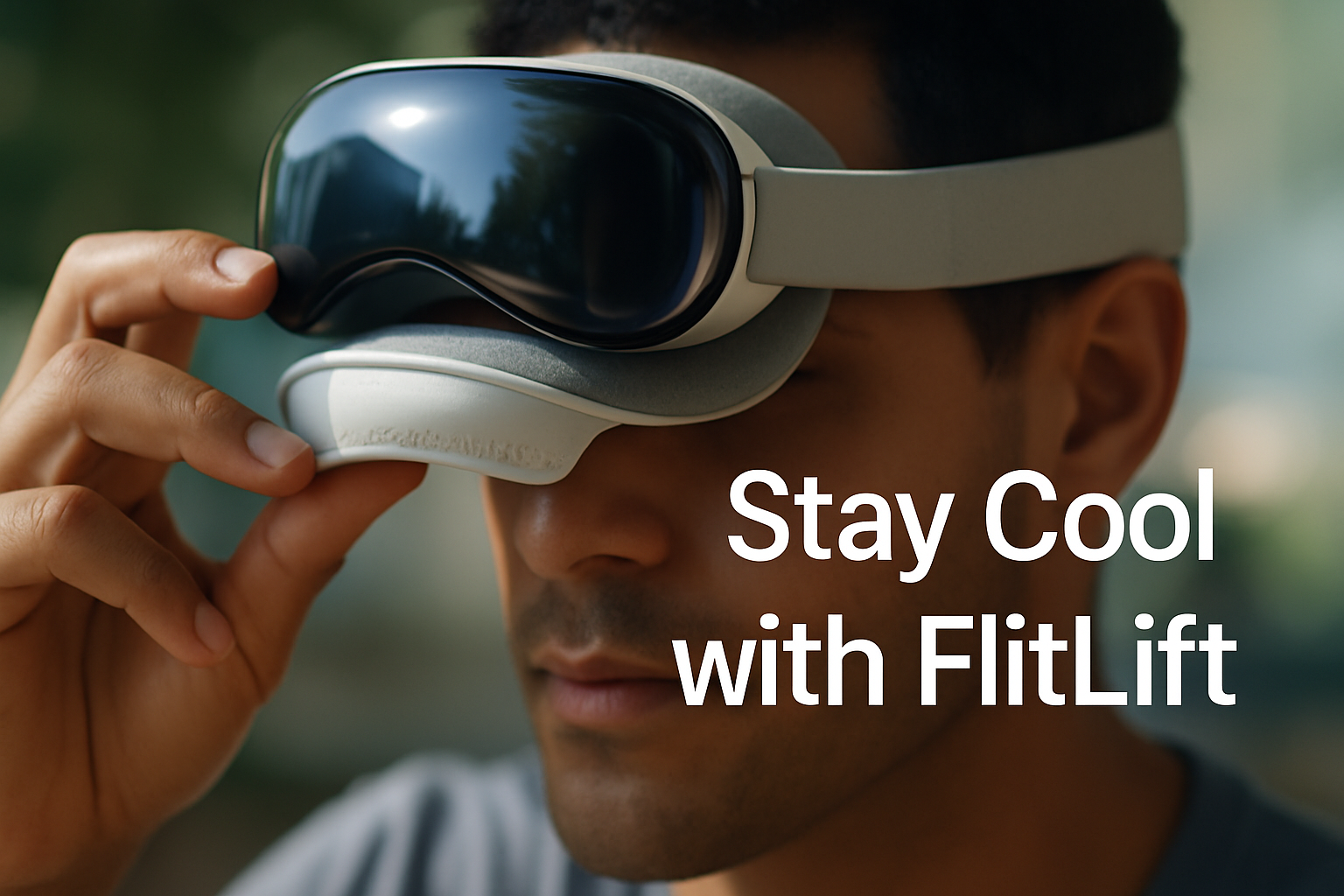
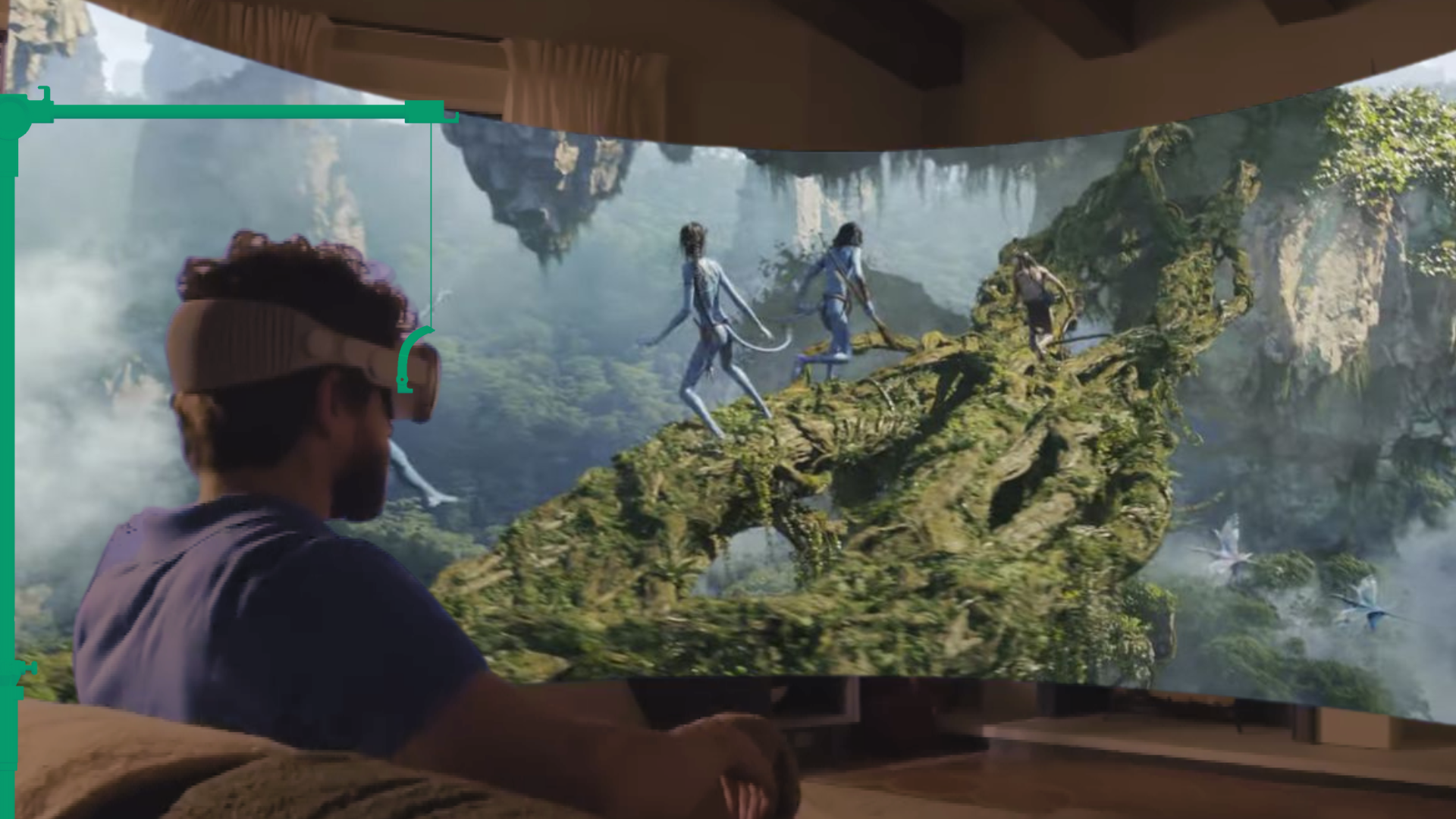
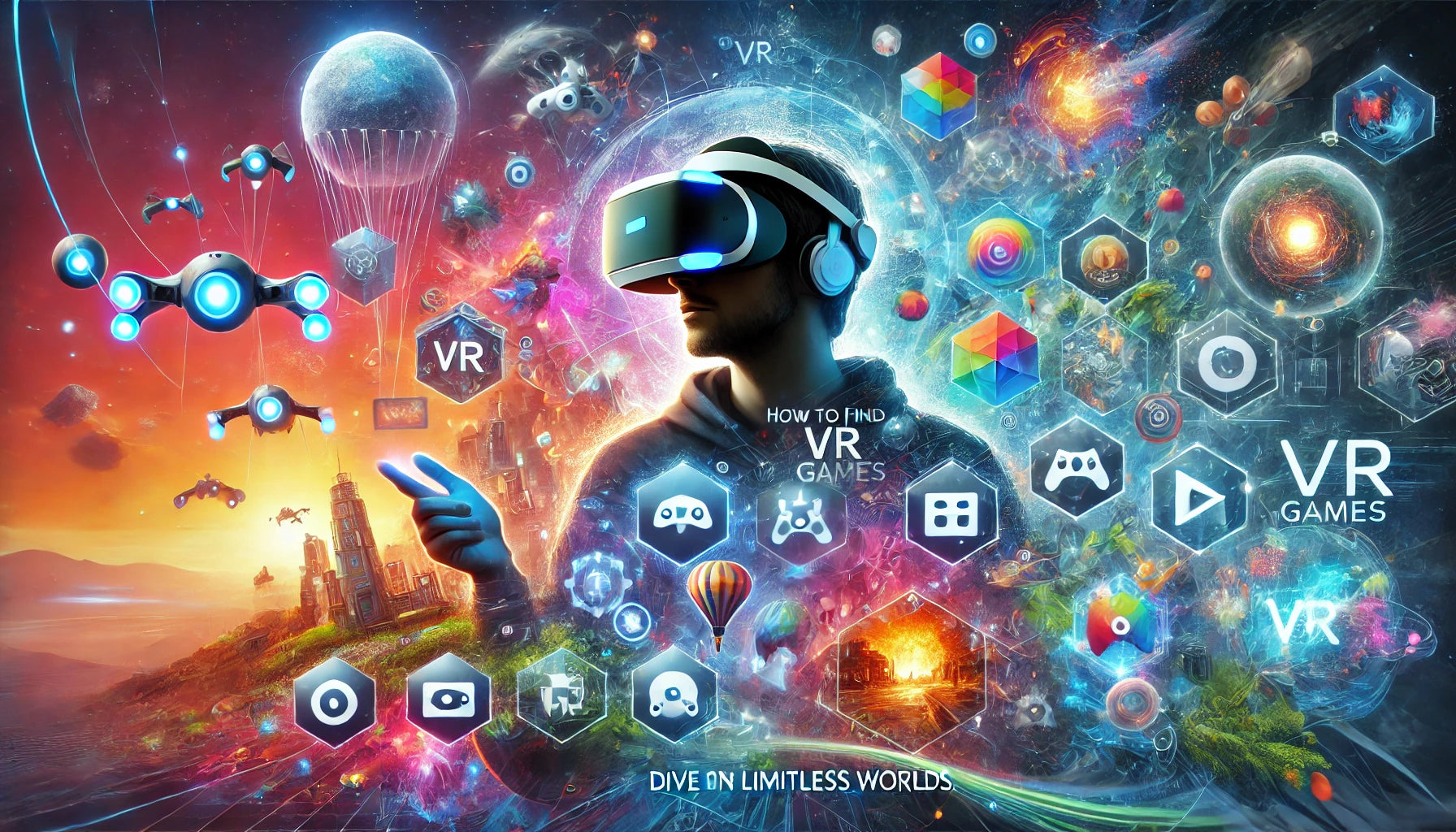
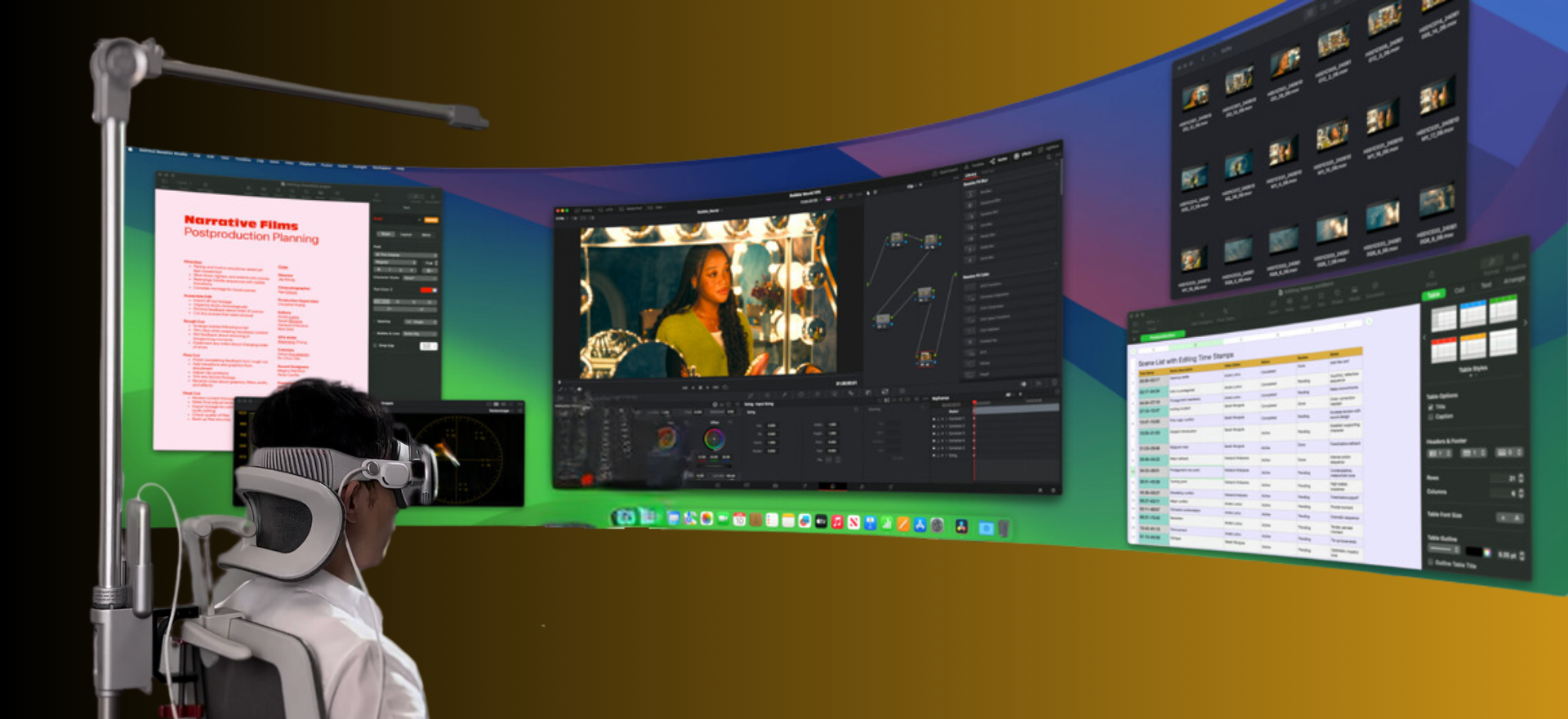
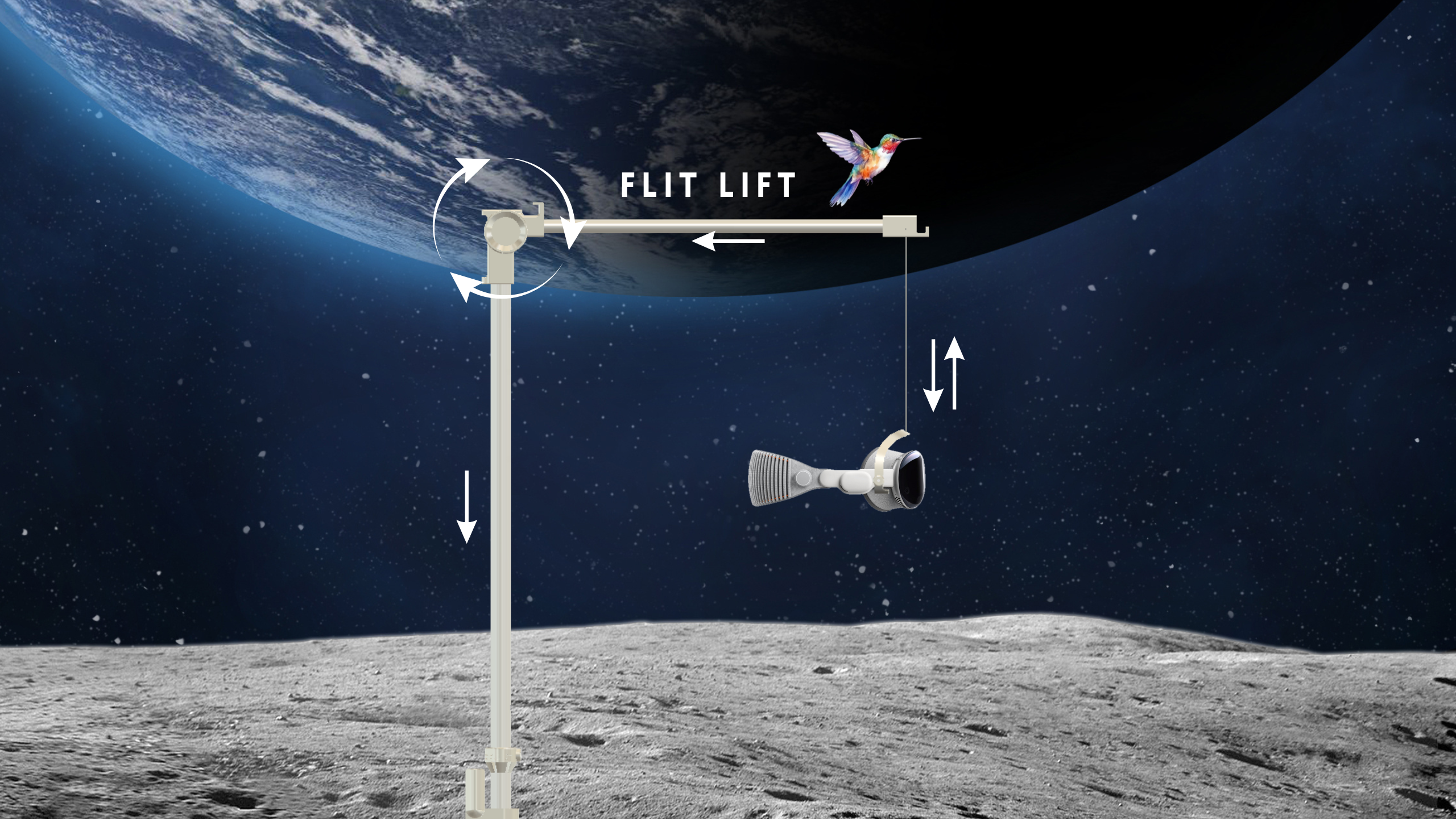
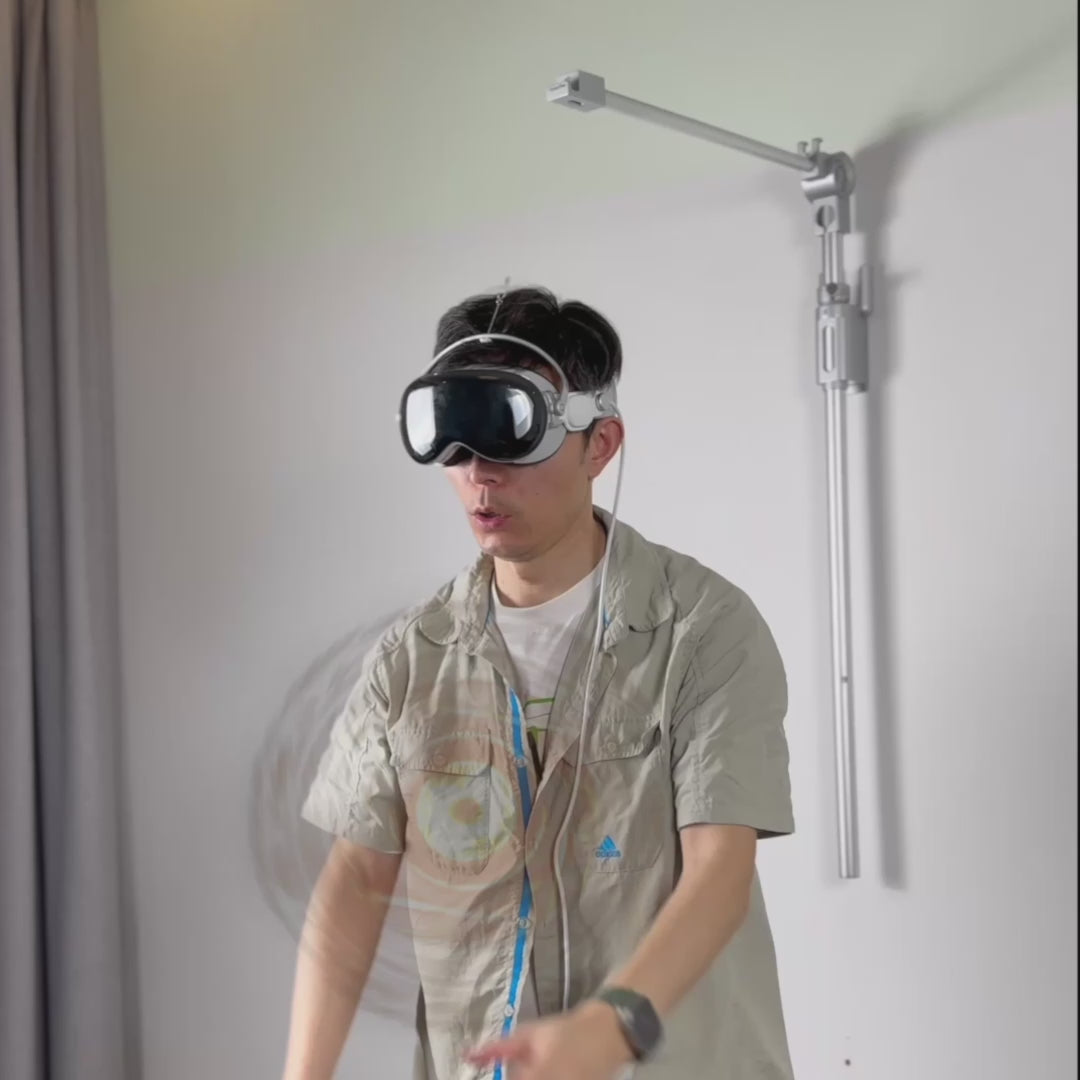
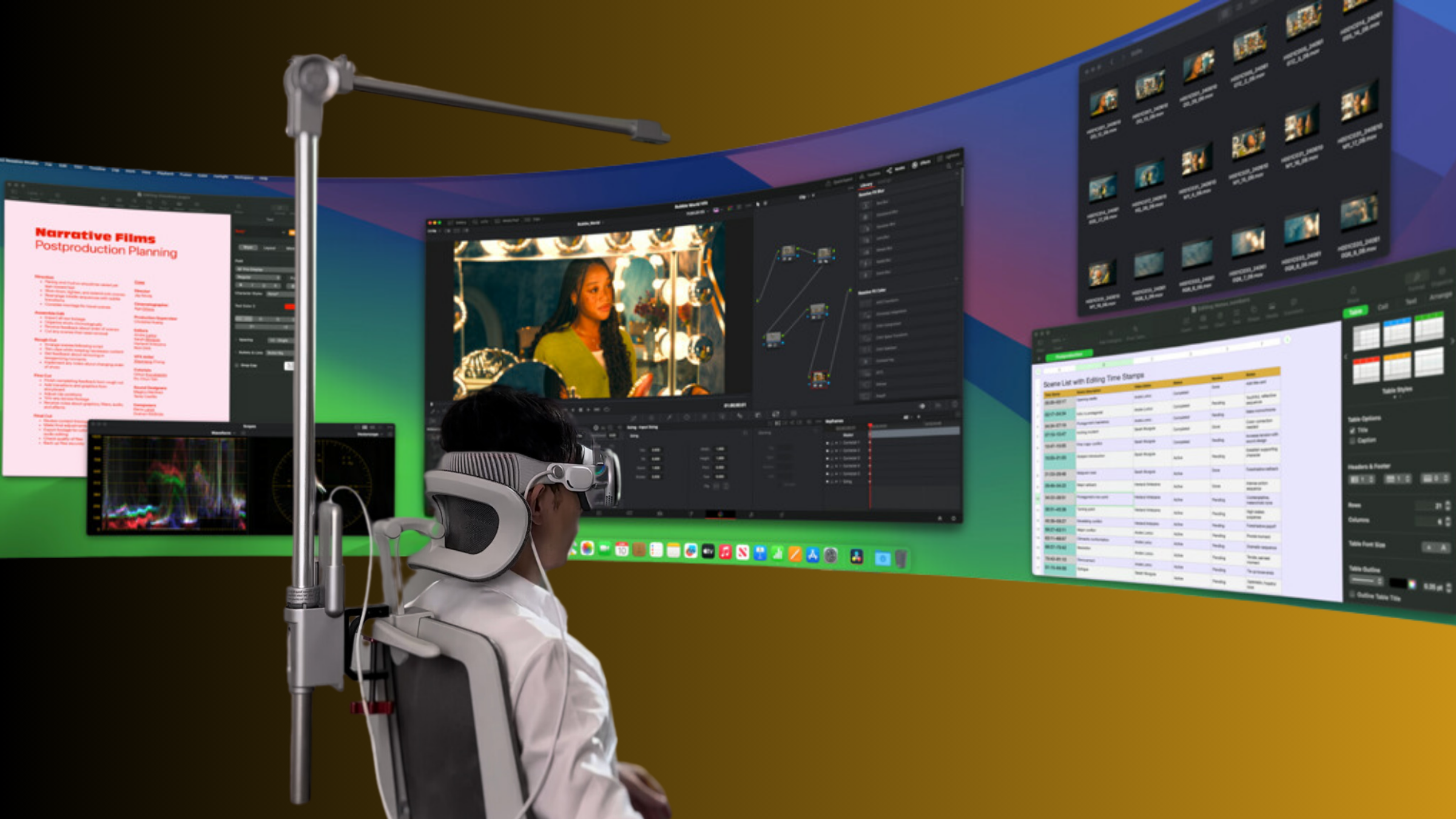
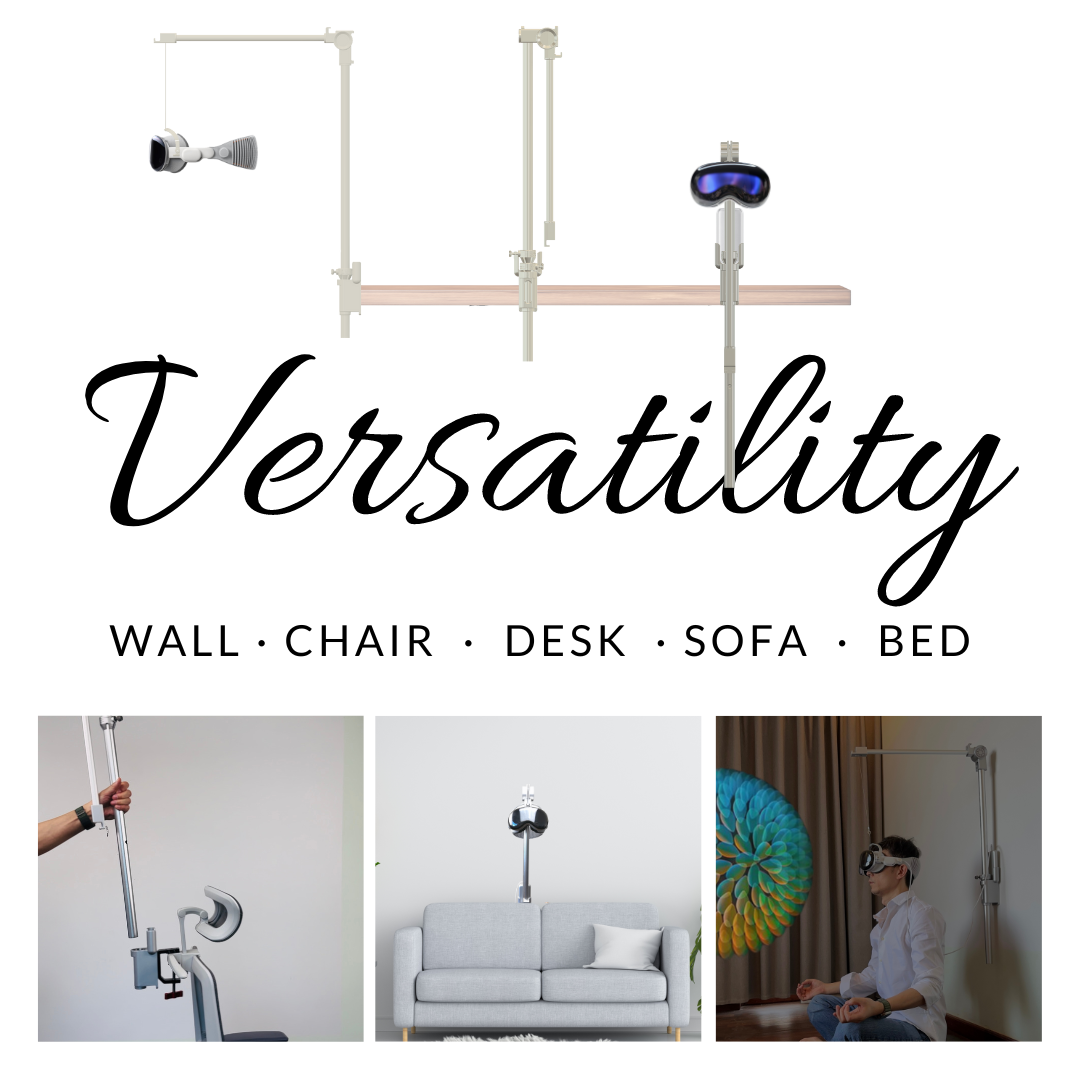
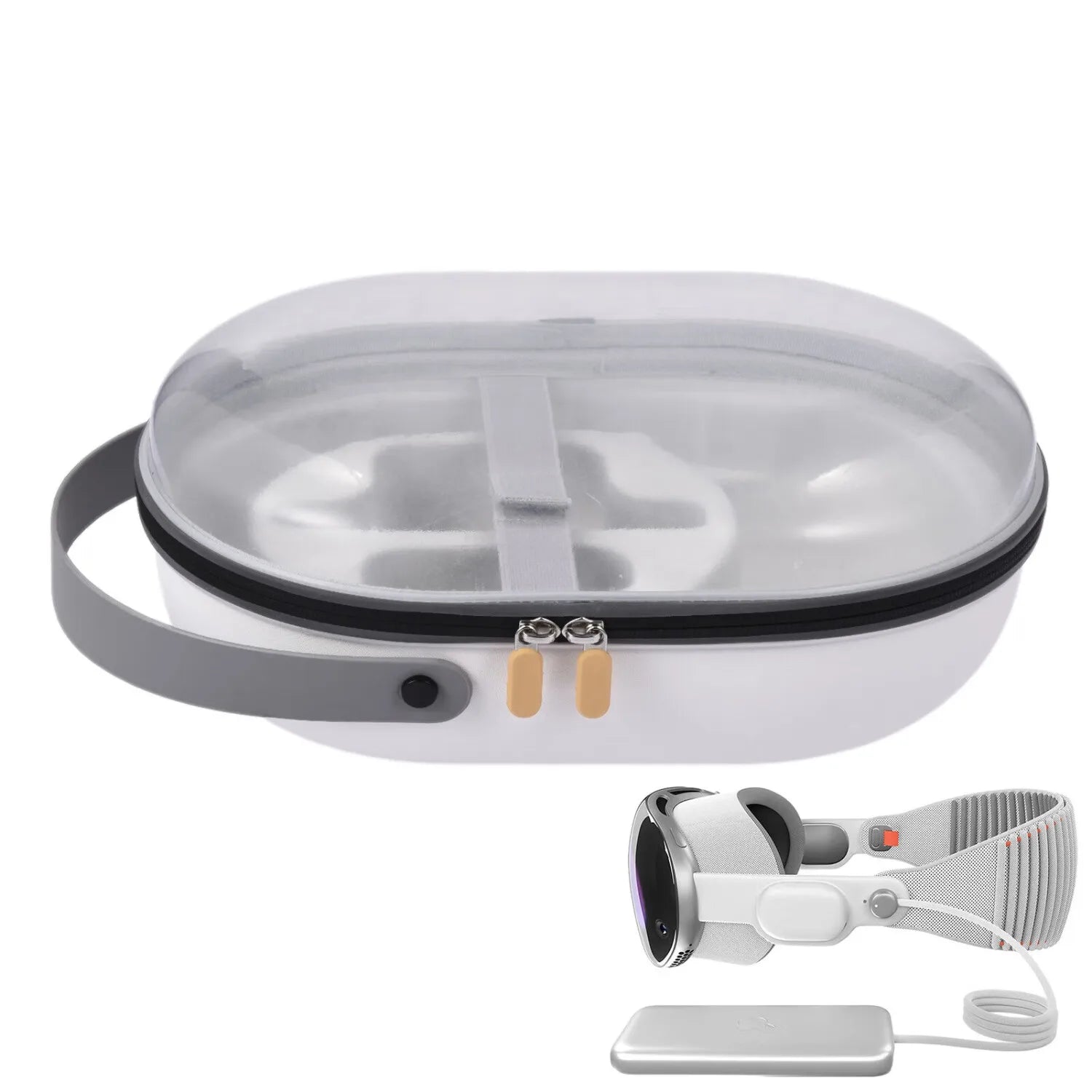
Share:
Ergonomics First: Designing Weightless VR Experiences That Minimize Fatigue
An ergonomic setup guide for VR sessions with Flit Lift